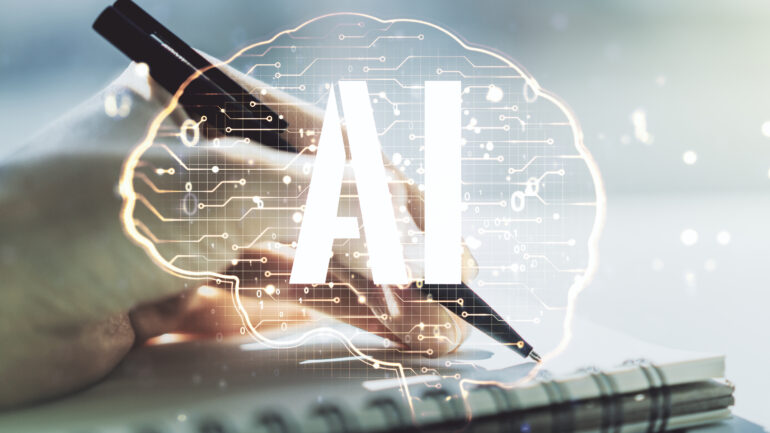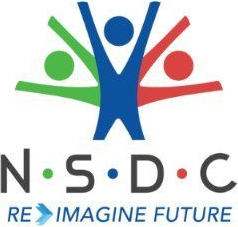From Zero to Konnichiwa: An AI-Powered Language Adventure

ChatGPT isn’t specifically designed for language learning, but its broad capabilities can lead to generic interactions. And as users engage more deeply, it adapts to their individual needs, making the experience more personalised and effective
Using ChatGPT as a language guide is like having a trusty travel companion who’s always ready to help you navigate the complexities of a new language. Imagine setting off on an adventure to Tokyo, armed with just a sprinkle of Japanese knowledge from your favourite anime! This was the journey of one traveller who decided to leverage ChatGPT’s Advanced Voice Mode to learn Japanese before their trip, discovering how AI can transform not just education but also real-world interactions.
Since its debut in late 2022, ChatGPT has sparked a wave of curiosity about generative AI technologies. People are beginning to see it as more than just a chatbot; it’s becoming a versatile tool for everyday life. For instance, researchers have showcased its ability to act as an interpreter between English and Spanish, igniting interest in how it could aid in learning new languages.
In this case, the traveller, as reported in the Wired, dedicated a month to practicing Japanese with the ChatGPT app. With minimal prior experience – mostly gleaned from watching anime – they engaged in half-hour sessions that felt like having a personal language tutor at their fingertips. These sessions focused on mastering essential phrases for navigating Tokyo’s vibrant streets, dining experiences, and shopping adventures.
Embracing Practical Learning
Jackie Shannon, a product lead at OpenAI, suggests that beginners should start with practical phrases before diving into more complex conversations. Role-playing scenarios – like ordering food or striking up small talk – became integral to the learning process. Initially, progress felt slow, and nerves about speaking in a foreign language were palpable. However, by week three, confidence surged as key phrases began to stick, turning anxiety into excitement.
While ChatGPT offers a treasure trove of functionalities, it isn’t specifically designed solely for language learning. Shannon notes that its broad capabilities can sometimes lead to generic interactions. However, as users engage more deeply, the AI adapts to their individual needs, making the experience more personalised and effective.
Navigating Challenges
Despite its advantages, users may face challenges such as frequent alerts about guideline violations during voice interactions. These interruptions can disrupt the flow of conversation, especially when trying to practice through repetition. OpenAI is actively working on refining these features to balance safety with user experience. Additionally, while the AI’s tendency to shower users with praise can be charming, it may sometimes leave learners wanting more constructive feedback.
When comparing ChatGPT to traditional language-learning apps like Duolingo, each has its own strengths. Duolingo’s structured games foster habit formation, while ChatGPT’s conversational approach opens up an expansive world of learning possibilities. Klinton Bicknell from Duolingo acknowledges that while ChatGPT can teach languages effectively, Duolingo excels at creating an engaging and fun experience.
The real test of ChatGPT’s effectiveness came during the traveller’s time in Tokyo. The AI became a reliable ally for practicing phrases before stepping into teeming streets. Users found themselves discreetly checking their smartphones for translations while feeling both excited and nervous about asking for food recommendations or expressing their limited Japanese skills.
In lively environments, while Advanced Voice Mode could facilitate longer conversations, asynchronous translations often proved more practical. For example, at a bustling barbecue restaurant, the AI helped bridge communication gaps with staff, smoothing out potential misunderstandings. However, there were moments of embarrassment when practiced phrases slipped away in real-life situations – a reminder that language learning is indeed a journey filled with ups and downs.
The Power of AI in Language Learning
Despite these challenges, the experience underscored AI’s effectiveness in helping learners grasp essential phrases and polite greetings, empowering them to navigate new environments with confidence. As generative AI tools continue to evolve, they promise not only to enhance speaking skills but also reading comprehension. Experts like TomotaroAkizawa from Stanford highlight the potential for students to engage with challenging literary works using AI for translations and explanations. However, there’s caution against over-reliance on AI; doing so could strip away the nuanced human elements of language – like emotions and personal connections – that enrich authentic communication experiences. This blend of innovation and personal connection highlights the essence of language itself: every phrase learned brings us one step closer to understanding another culture better.


